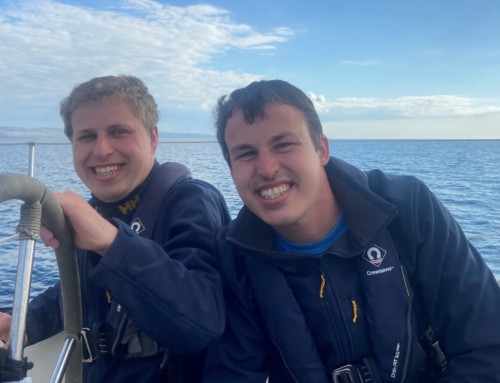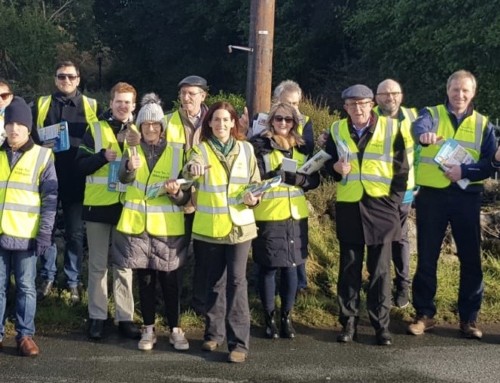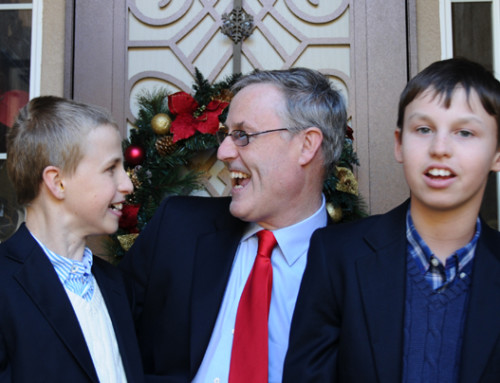Speech therapy from reading: our story
Anyone who knows me will tell you that I place high importance on Speech and language therapies. I spoke about our good friend Elaine Stevick in a recent post, who did such great work with our boys and our team over the years. This post dealt largely with the concept of language and non verbal communication systems such as PECS. These are the precursors to speech and listening skills which is what I am going talk about here.
The dyspraxic child and speech therapy.
Many non verbal children have oral motor dyspraxia or apraxia of speech. As described by the American speech – language hearing association (ASHA) apraxia of speech is described as:
Childhood apraxia of speech (CAS) is a motor speech disorder. Children with CAS have problems saying sounds, syllables, and words. This is not because of muscle weakness or paralysis. The brain has problems planning to move the body parts (e.g., lips, jaw, tongue) needed for speech. The child knows what he or she wants to say, but his/her brain has difficulty coordinating the muscle movements necessary to say those words.
If I were to translate what this means from our sons’ perspective is a lot less complicated. Speech was something that everyone they met, be it at home, school, friends or just about anywhere…….. wanted them to do. And they found any form of speech really, really hard, something they hated. Imagine asking your special needs child to do something they find extremely difficult and hate. What would you get? Major tantrums, that’s what.
Overcoming speech therapy obstacles.
While Val and I were already developing literacy in the boys through Disney movies, speech was still a major problem particularly with Conor. Eoin’s speech was evolving naturally from literacy, but was totally non verbal both receptively and expressively. So to deal with this, we had to manage two things: Conor’s legendary melt downs and his profound and global dyspraxia. Despite Conor’s severe language disorder and his advancing years (he was now 10), I had substantial instructional control with Conor. This was based on a token economy built out of his favorite activities and Conor would agree to almost any thing I asked. The second thing we needed was a truly gifted Speech therapist. To keep Conor focused on working with his speech therapist, I sat in on his sessions. I would write notes to him promising various activities like playing on the park climbing frame or access to a loved DVD. If that didn’t work, I’d communicate that I would take a privilege away. Things like access to his computer or making up a puzzle. As Conor’s Dad I understood him very well as any parent understands their child. I made decisions based on how he felt, the learning environment, what we wanted him to do and what I could reasonably trade in return. It was a pull and push approach, intensive at first but became easier as Conor’s confidence in speech therapy grew.
Getting going with Speech therapy
Elaine had a gifted speech therapist working in her team at her clinic speech, language and learning services. Her name was Debbie Davidson and we worked together over some years. As with Elaine, I learned a tremendous amount about speech production from Debbie. She also set me up at home so I could continue her exercises there every day. Debbie’s speech therapy centered on teaching Conor how to read phonetic symbols. He was highly visual and was already building literacy. So this was a natural step for Conor. Debbie used the International Phonetic Alphabet and taught Conor to sound out the letters one by one. As time went by Conor became more proficient at annunciating single sounds. Then Debbie started to connect or blend sounds which would ultimately come together to make words. As this speech therapy process developed, Conor not only showed us he could use his voice, but could read these IPA symbols on demand and consistently.
Learning to speak backwards
Through all this, Conor was profoundly deaf. What this means is while he could hear and recognize simple sounds or the beat and cadence of a sentence, he could not make sense of spoken language. This was because he had a combination of auditory processing disorder combined with moderate hearing impairment. So as he learned to say words from Debbie and I, he was learning how to orally read before he was able to hear and recognize spoken language. This was a common theme that Val and I would come across with both boys as they developed speech. They would need to learn how to phonetically read before they would be able to hear and process spoken language.
Debby’s thoughts on working with Conor
In June of 2007 I sat down and spoke with Debbie about our boys and in particular her work with Conor. I am currently completing a video of our discussion and will post it here soon!







Leave A Comment